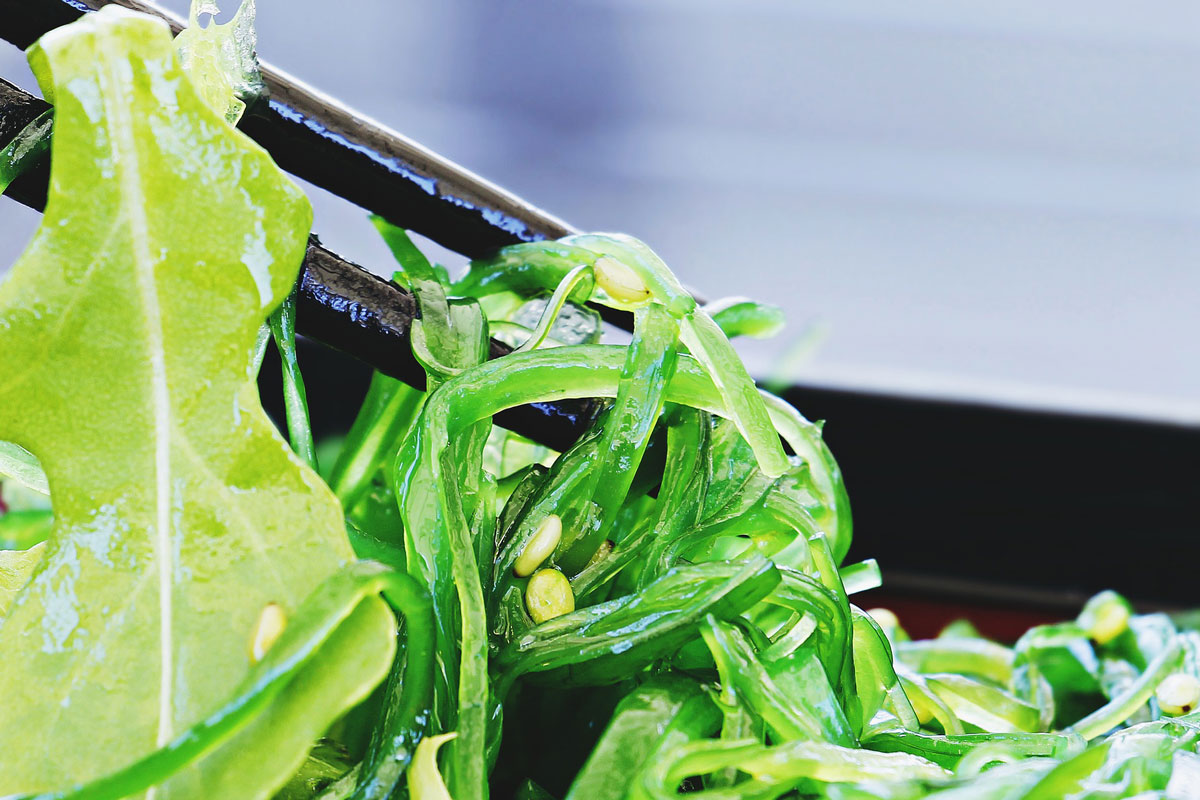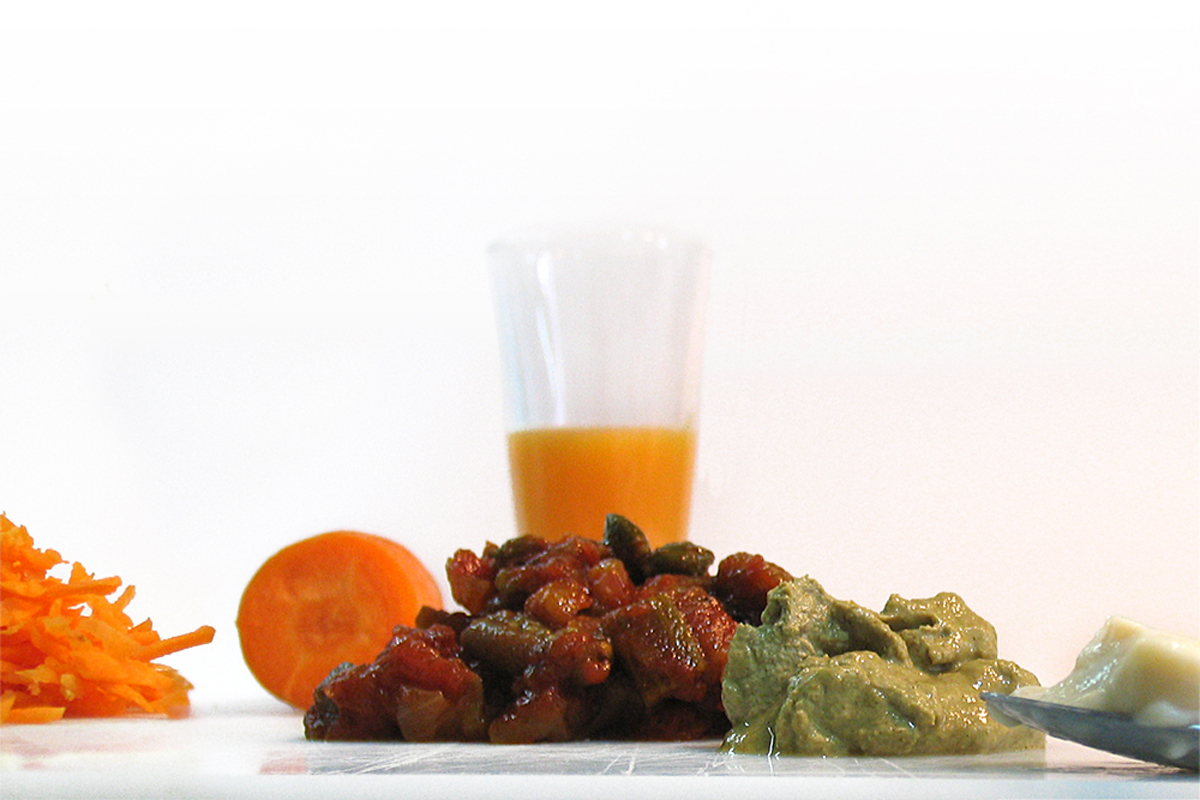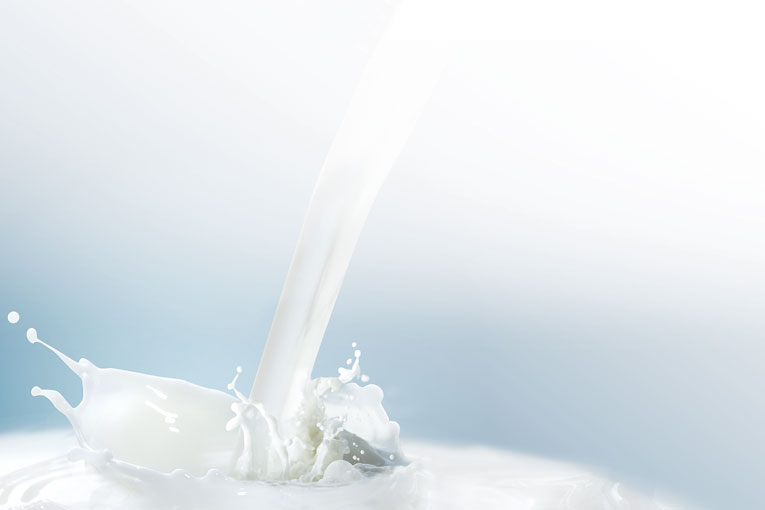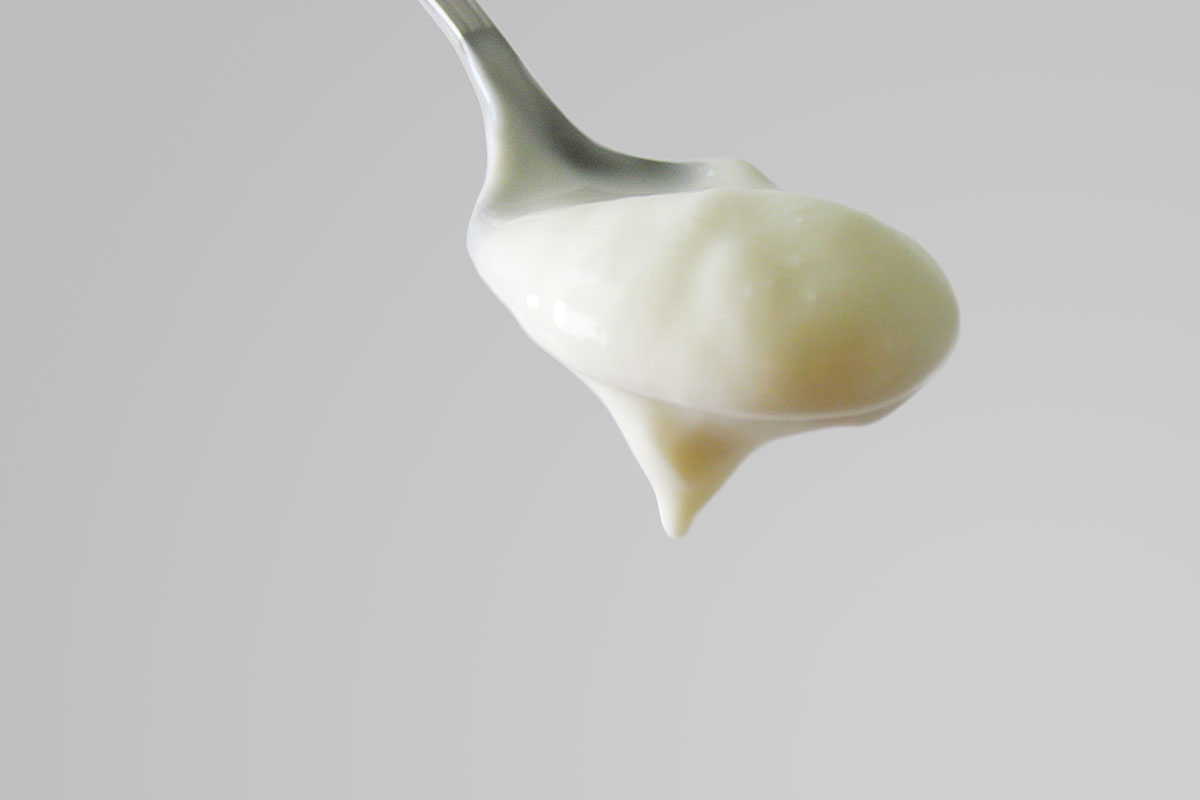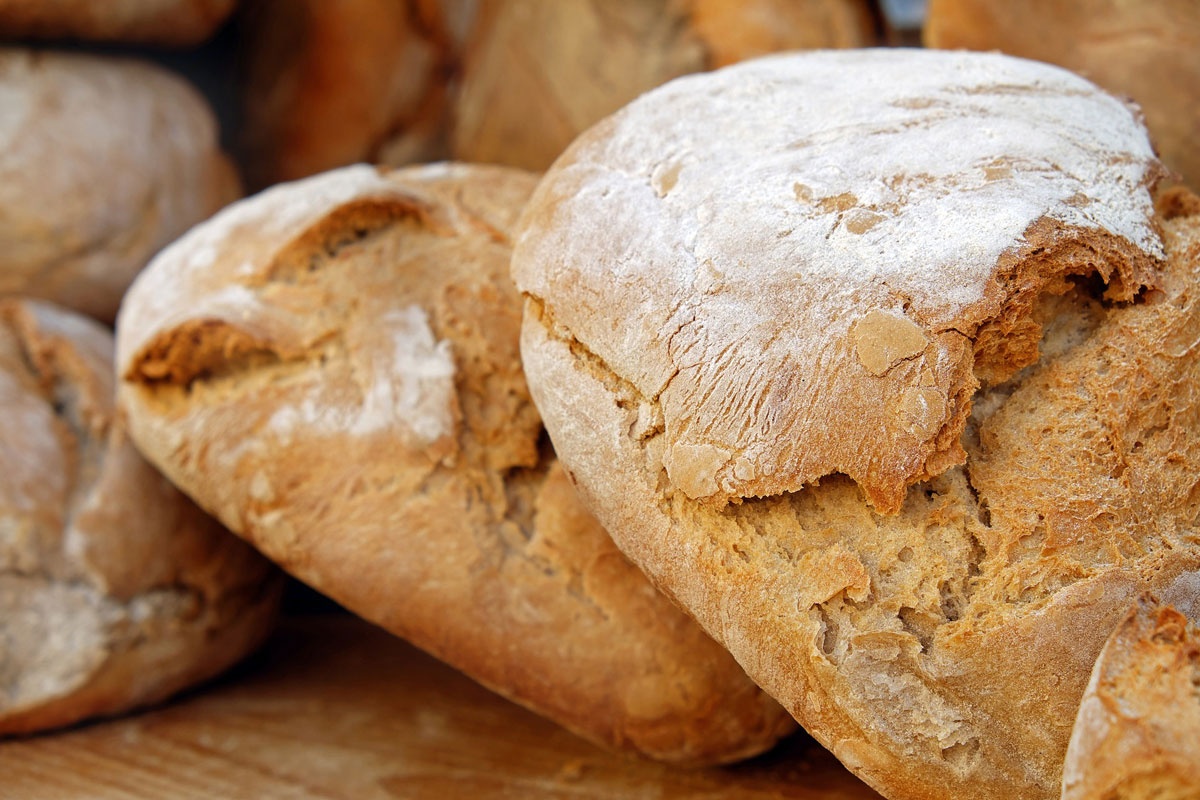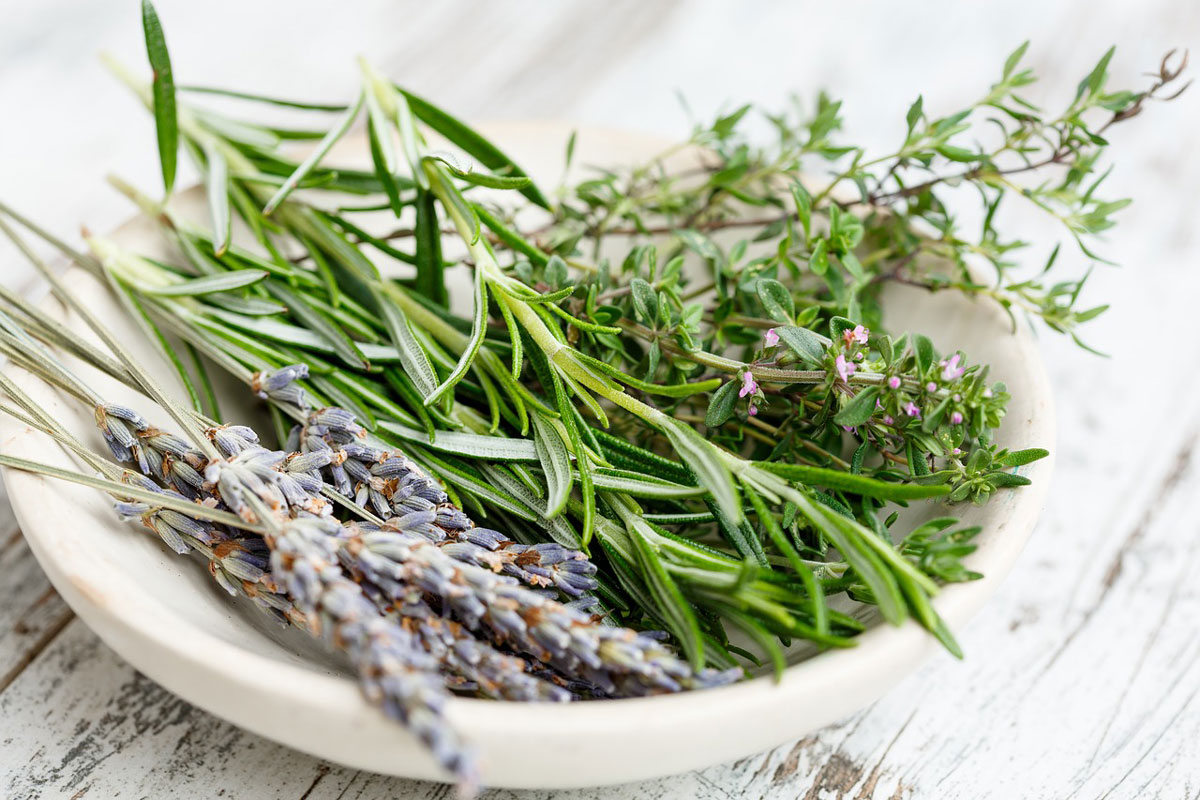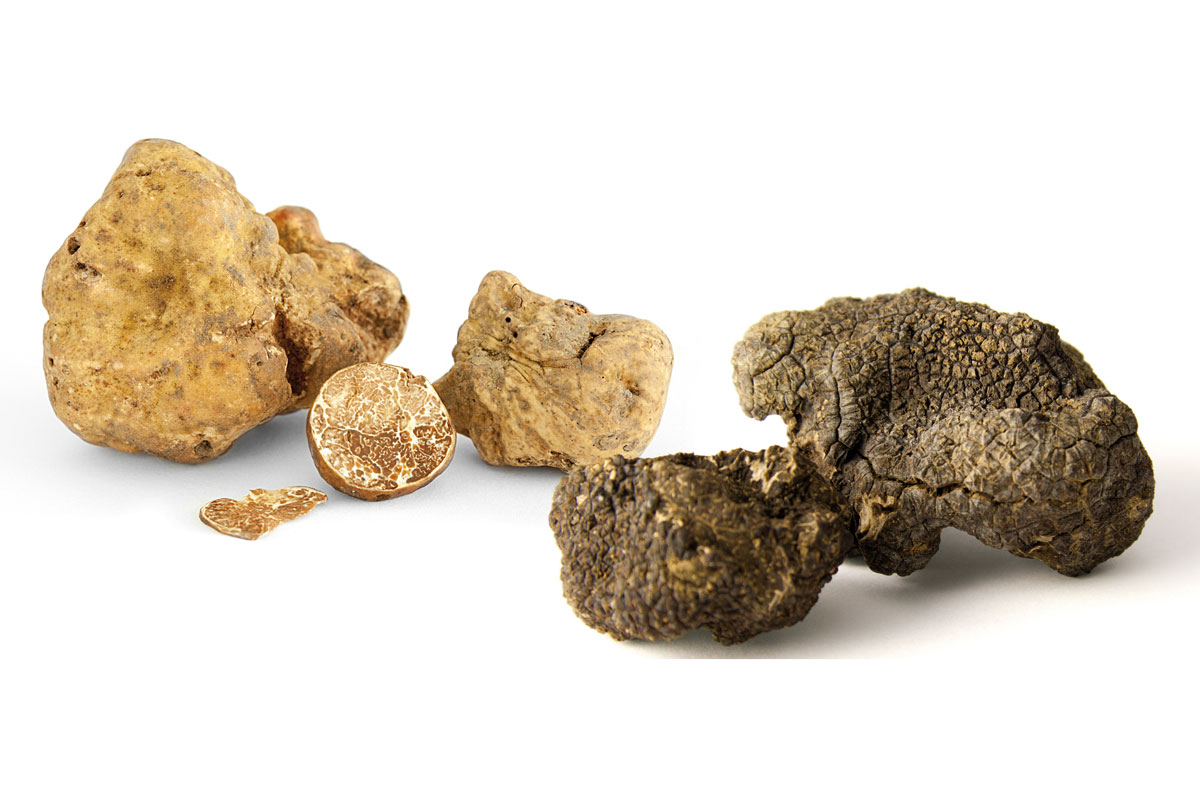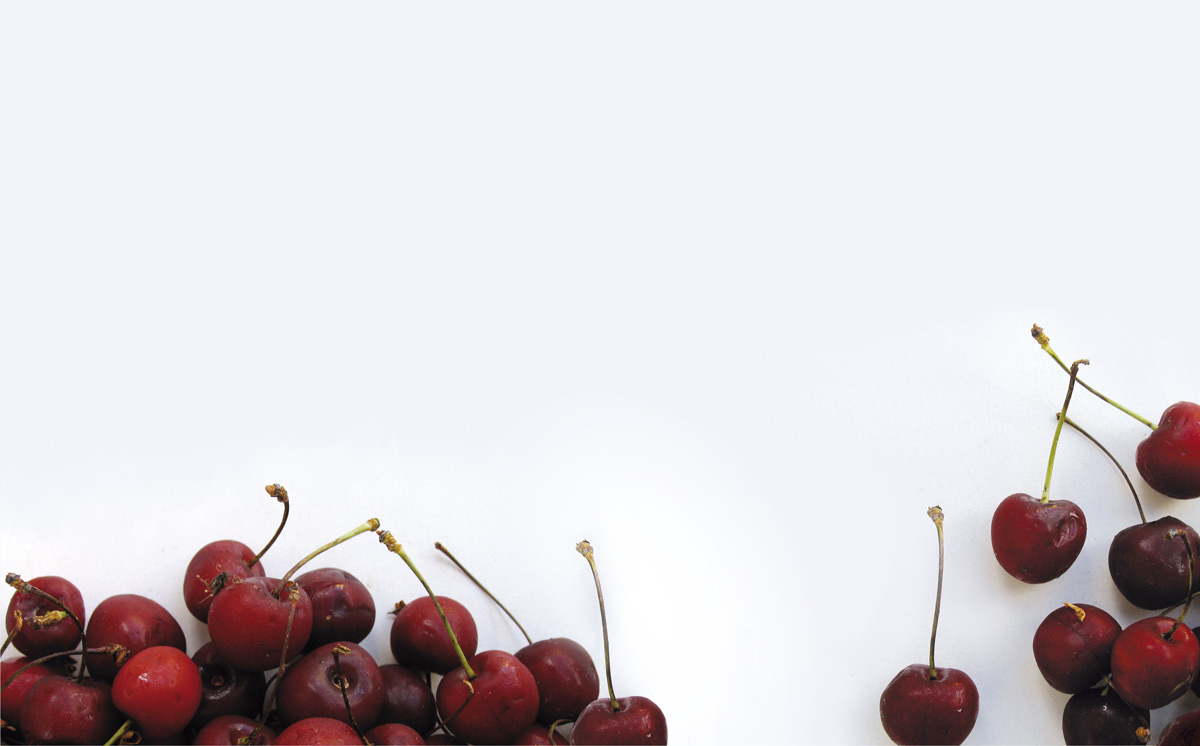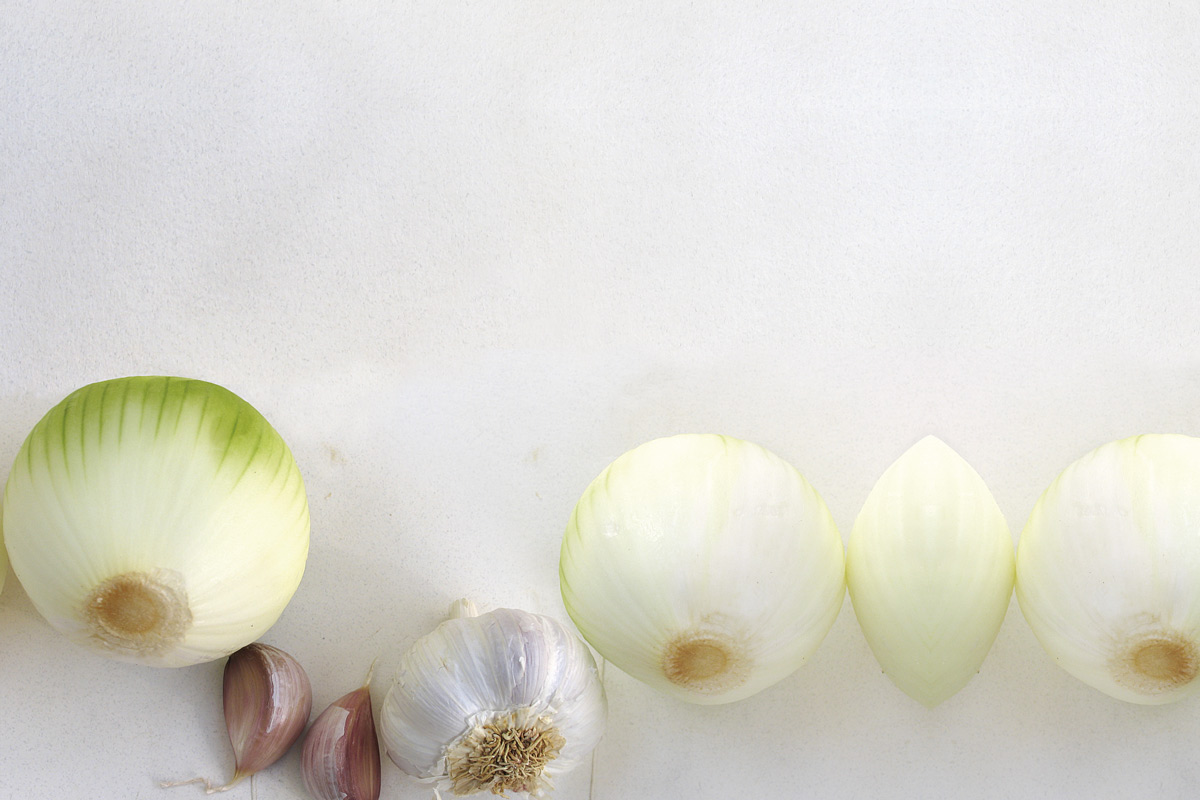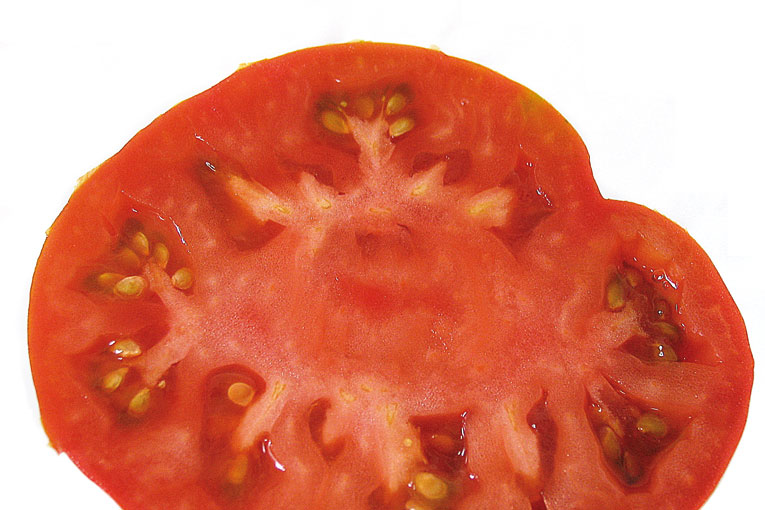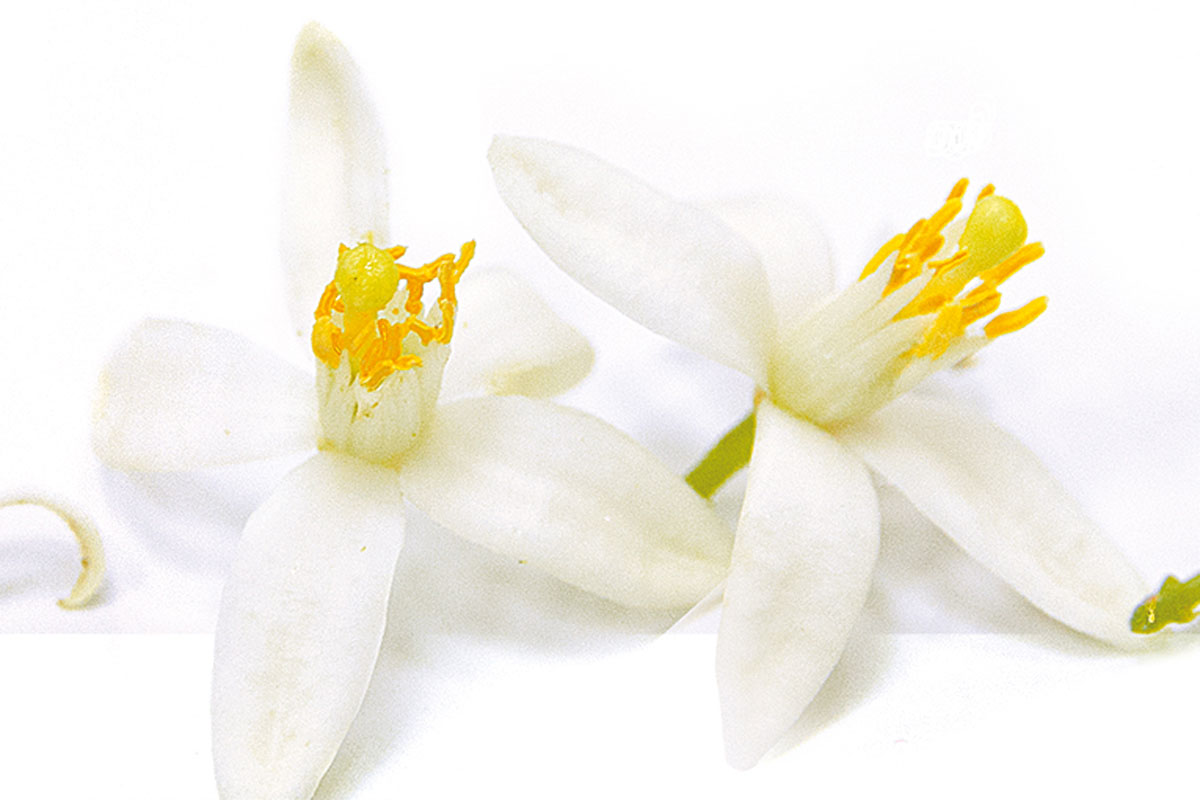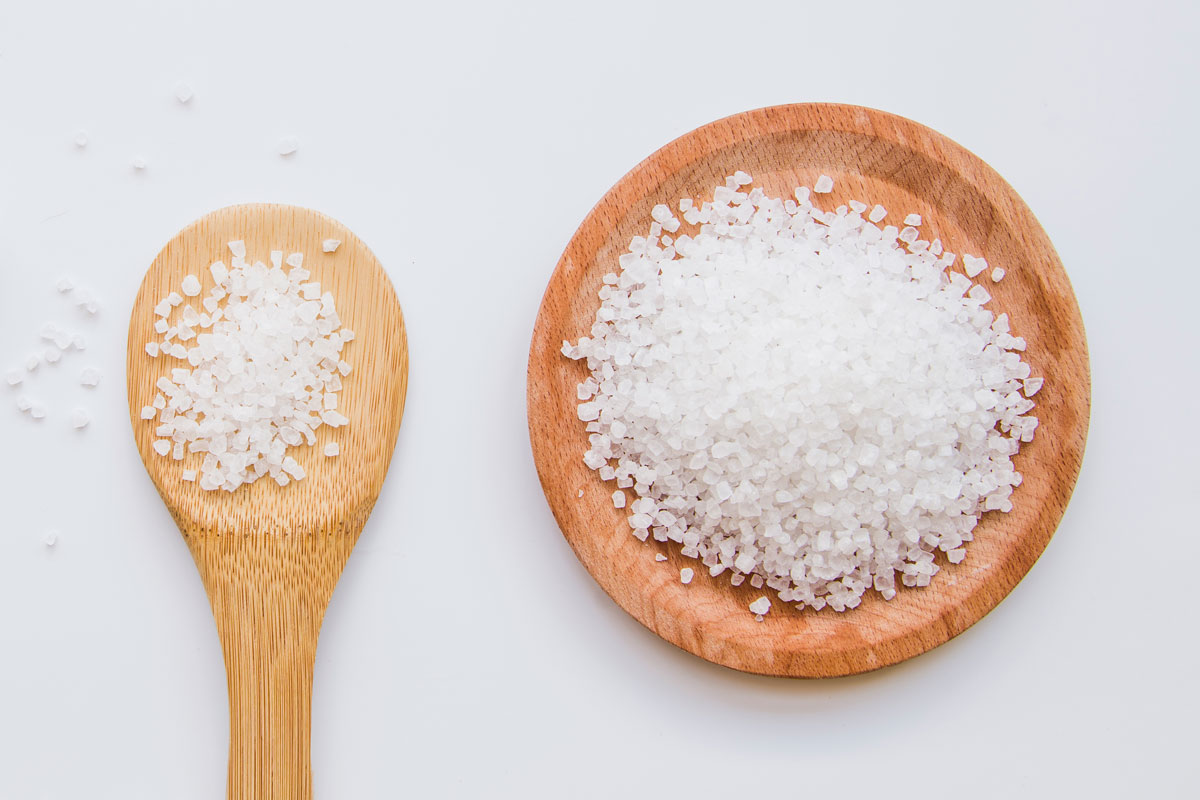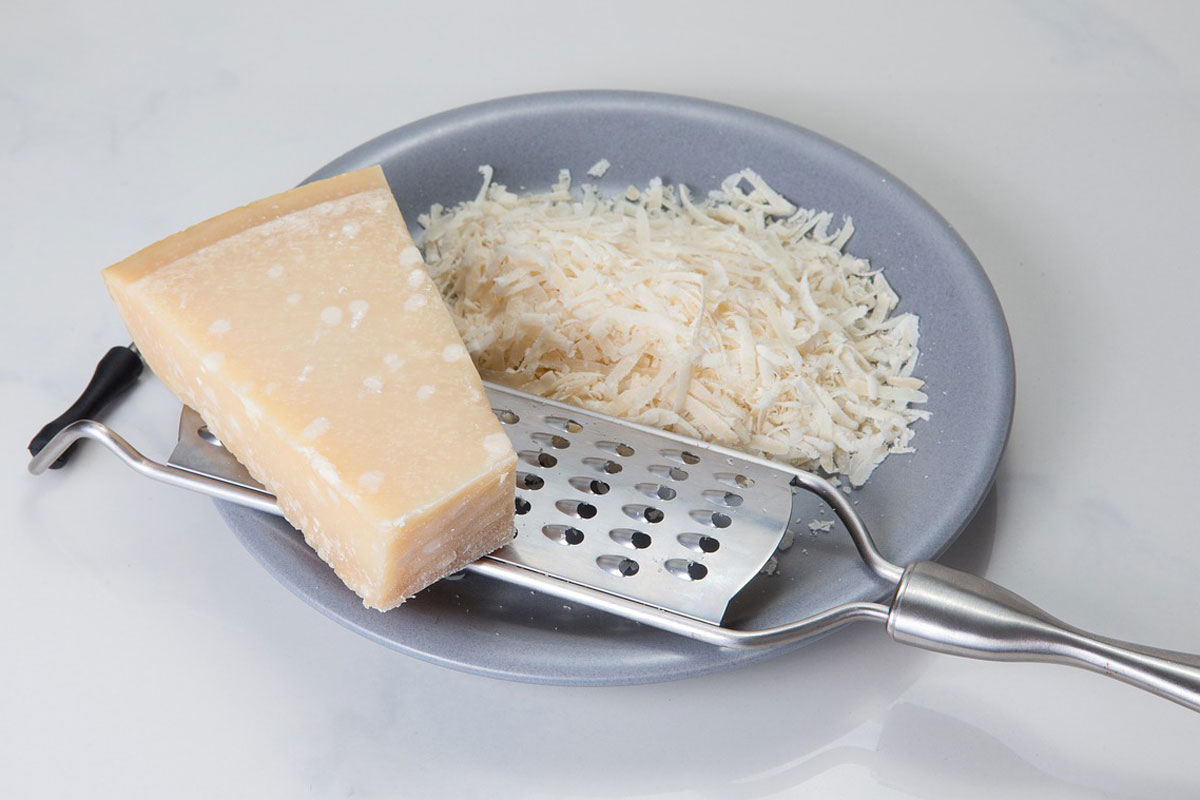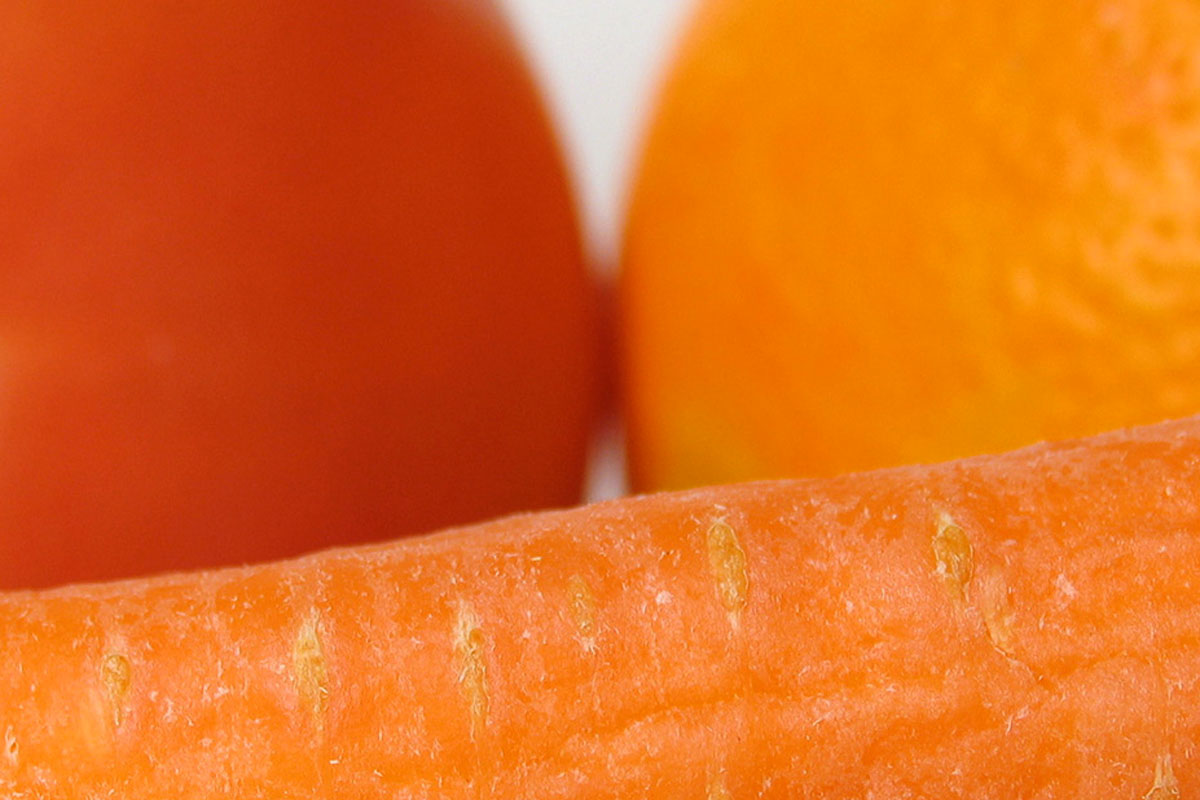Search
Algae can be sustainably grown in large quantities in seas and oceans. That is the reason why many believe that in the future they will constitute an important part of food consumption in the world, and that they will alleviate world hunger.
Deglutition is the physiological process through which the alimentary bolus is transported from the mouth to the stomach.
The secret of milk is that it is actually a very complex food, a living thing, which can be measured at micro- and nano- scale.
Manipulating the intestinal microbiota could be beneficial for our health. Yogurt would do so, although evidence on the health effects of consuming these types of microorganisms is very limited.
In addition to producing new flavours, scents and textures, fermentation allows to preserve large quantities of food surplus, since it creates an acidic or alcoholic medium that prevents the growth of microorganisms that spoil food.
From a culinary standpoint, mushrooms have a high level of free amino acids, among which there is glutamic acid, so they become flavour enhancers in many dishes.
An ice cream can be defined as a preparation which is solid or semisolid due to the action of freezing. We have two main groups: water-based products like slushies and sorbets, and dairy products made with milk and cream.
Truffles, like mushrooms, establish a symbiosis relationship with trees and shrubs.
Cherries, plums, peaches, apricots and almonds are all fruit of trees of the Prunus genus. Cherries, in particular, are the fruit of Prunus avium, and there are around 900 varieties in production worldwide.
Alliaceae is a subspecies of the genus Allium. Some of them are used as food or condiments. These plants have evolved to develop different protection mechanisms against predators, insects and microorganisms.
Hi ha molts factors que intervenen en la nostra percepció dels aliments. En el cas del vi, primer tenim el color.
Picking unripe tomatoes may be good for producers, but poses a problem for consumers.
For centuries, humans have considered the way in which we sense smell. We obtained the answer to this question mainly in the last twenty years. Naturally, the answer is still incomplete: recent discoveries keep opening new fascinating questions.
Given its importance, it is not surprising that through evolution we have developed a system to detect the presence of salt, a system that is incorporated into the sense of taste
There is a new flavour in the kitchen: the umami, named by the Japanese scientist Kikunae Ikeda when he discobered a new teste different from the four basics already known: sour, sweet, salty and bitter.
Carotenoids belong to a group of pigments that are responsible for the yellow and orange hues in many flowers, fruits and vegetables, as well as for the red hue in tomatoes.

